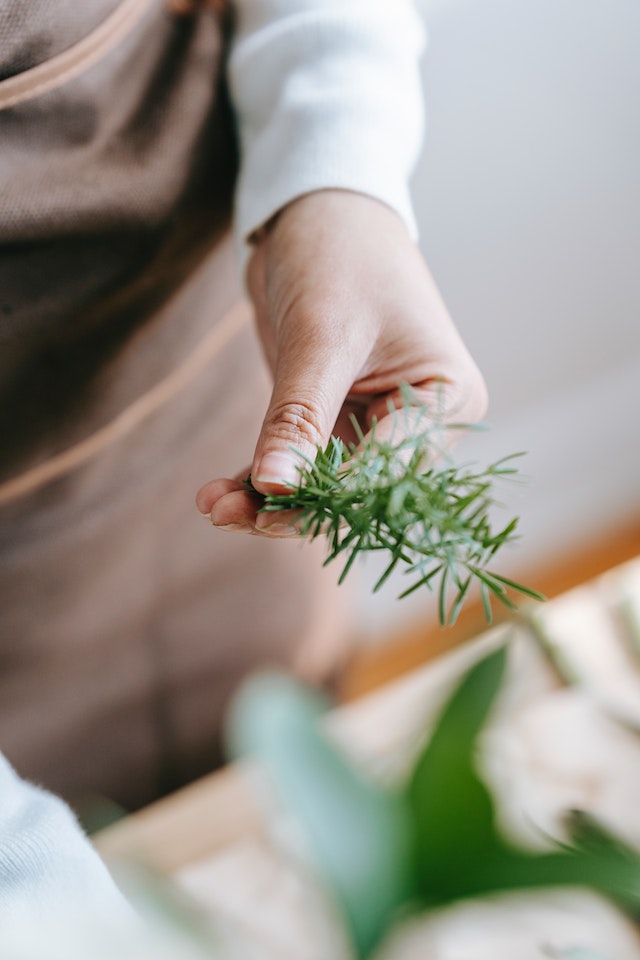Introduction: Gardening is a wonderful hobby that brings joy, beauty, and sustenance to our lives. However, it’s essential to pay attention to even the smallest details in our gardening routines to avoid unnecessary expenses. In this article, we will explore a tiny but crucial detail that many gardeners tend to overlook, which can end up draining their wallets. By addressing this detail, you can save money and create a thriving garden.
The Tiny Detail: Watering Efficiency One of the often-neglected aspects of gardening is watering efficiency. Water is a precious resource, and inefficient watering practices can lead to excessive water usage and inflated water bills. By optimizing your watering routine, you can conserve water, reduce expenses, and still maintain a healthy garden.
Consequences of Ignoring Watering Efficiency: When watering efficiency is disregarded, several negative consequences can occur. Overwatering can lead to waterlogged soil, suffocating plant roots and promoting the growth of diseases. Additionally, water runoff can carry away nutrients and contribute to soil erosion, further affecting plant health. Inefficient watering practices also increase the risk of weed growth, as excess water can encourage weed seed germination.
Tips for Watering Efficiency: To improve watering efficiency and save money, consider implementing the following practices:
- Watering Schedule: Develop a consistent watering schedule based on your plants’ needs and the weather conditions. Watering deeply and infrequently allows plant roots to grow deeper and encourages drought tolerance.
- Mulching: Apply a layer of organic mulch, such as wood chips or straw, around plants and in garden beds. Mulch helps retain moisture in the soil, reducing the need for frequent watering.
- Watering Techniques: Use watering techniques that minimize water loss through evaporation. Drip irrigation systems or soaker hoses deliver water directly to the plant’s root zone, ensuring efficient water usage.
- Time of Day: Water your garden during the early morning or late afternoon when temperatures are cooler and evaporation rates are lower. Avoid watering during the hottest part of the day, as water can evaporate quickly without benefiting your plants.
- Rainwater Harvesting: Install rain barrels or collect rainwater in containers to utilize during dry periods. Rainwater is free of chemicals and can be an excellent alternative to tap water for your plants.
- Group Plants with Similar Watering Needs: Grouping plants with similar water requirements together allows you to provide targeted watering, avoiding over or under-watering specific plants.
- Monitor Soil Moisture: Use a moisture meter or perform a simple soil moisture test to determine if watering is necessary. This helps prevent overwatering when plants don’t require it.
- Proper Irrigation System Maintenance: Regularly inspect and maintain your irrigation system to ensure it operates efficiently. Fix any leaks or malfunctions promptly to prevent water waste.
Conclusion: By paying attention to the tiny but significant detail of watering efficiency, you can save money and reduce water consumption in your garden. Implementing the suggested practices will not only benefit your wallet but also promote healthier plant growth and conserve a valuable resource. Remember, efficient watering is a win-win situation for your garden and the environment. So, take the time to optimize your watering routine and enjoy the financial and ecological benefits it brings.




